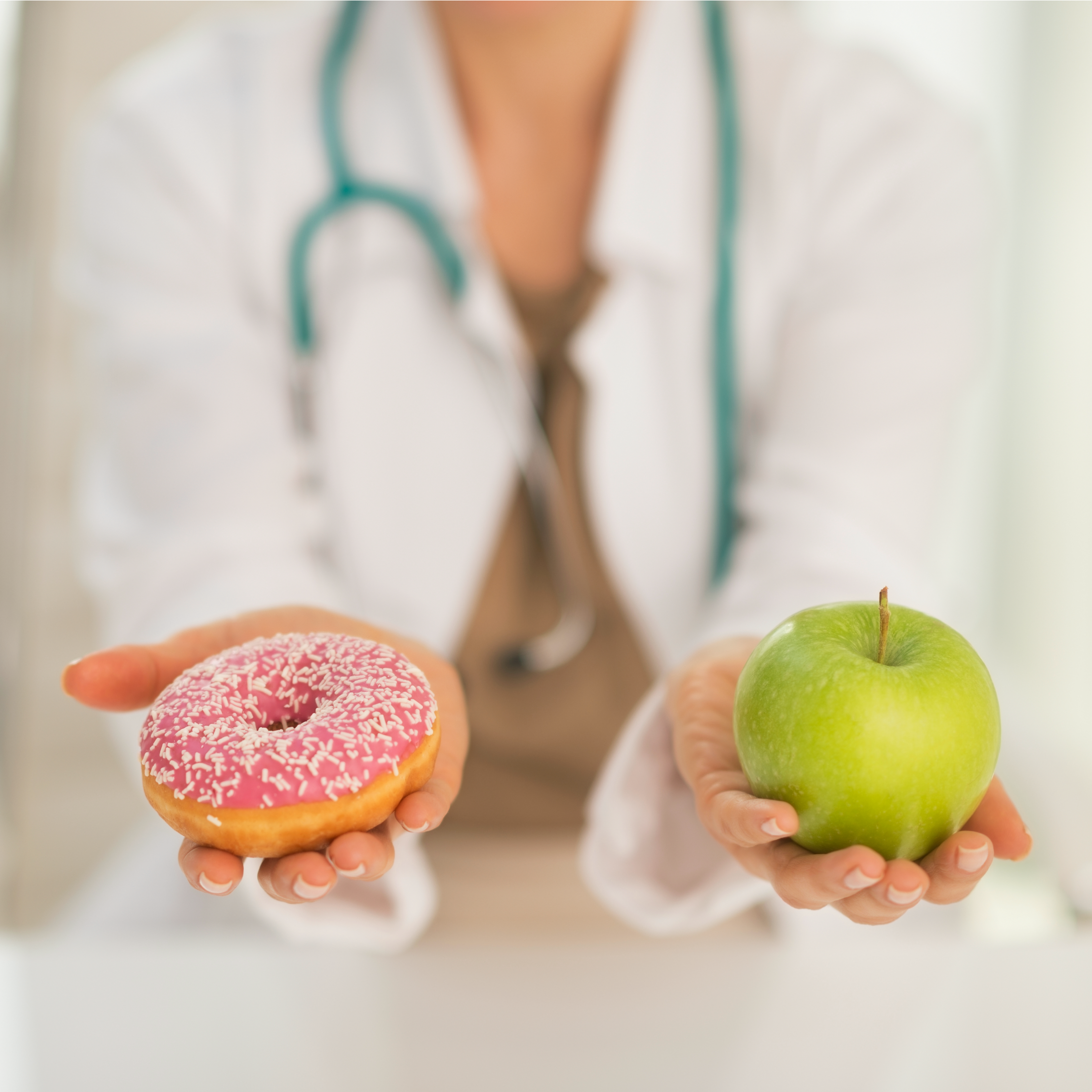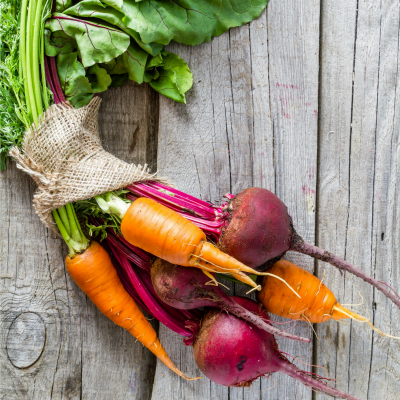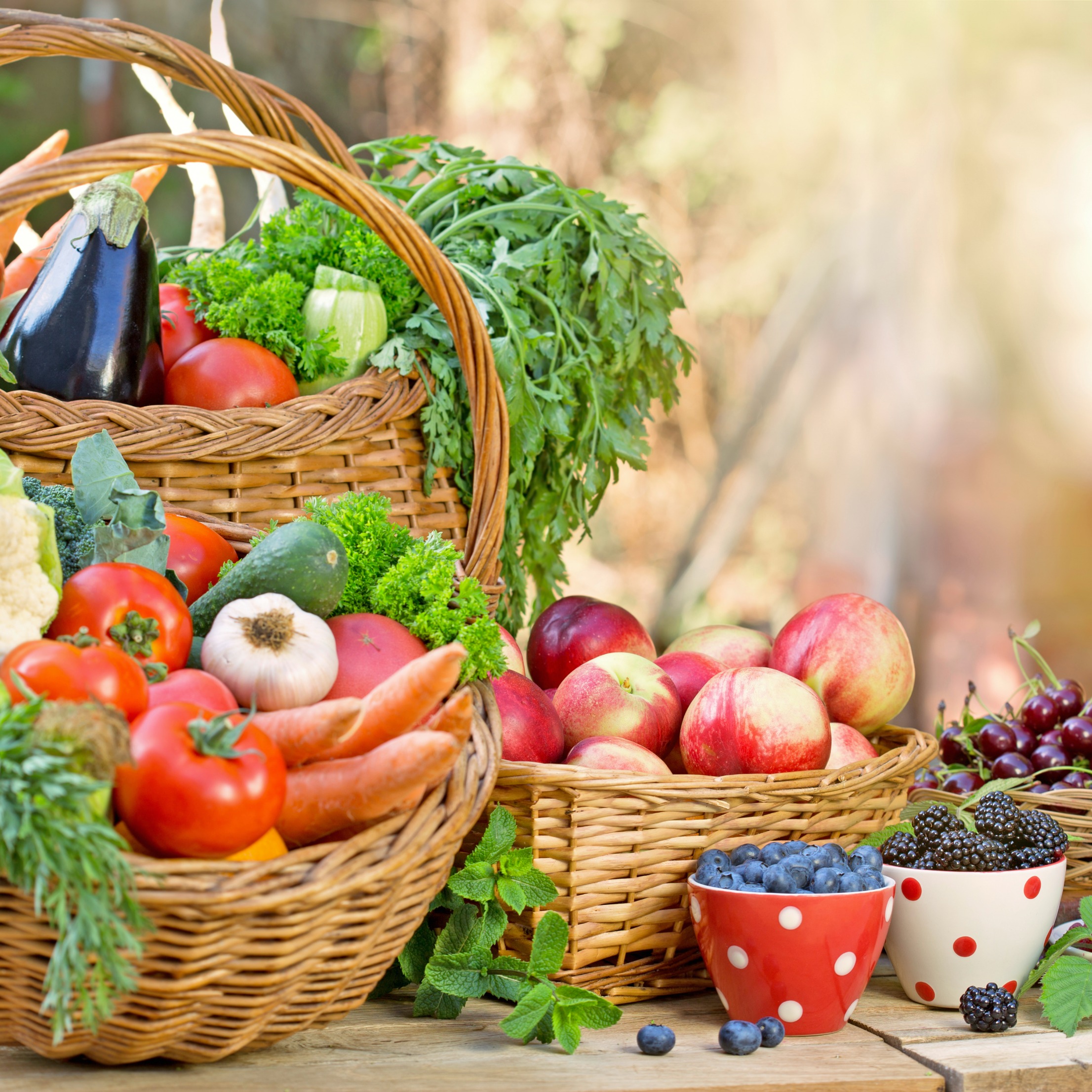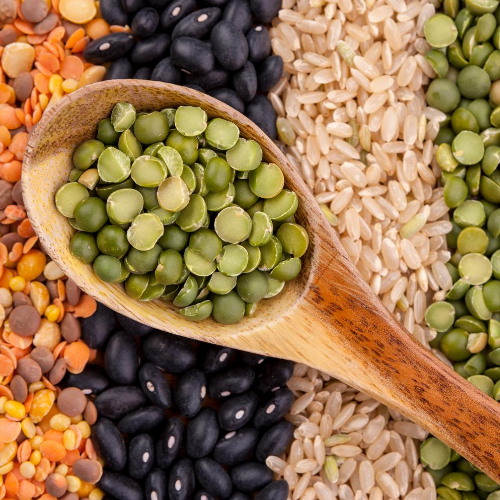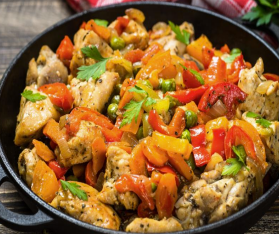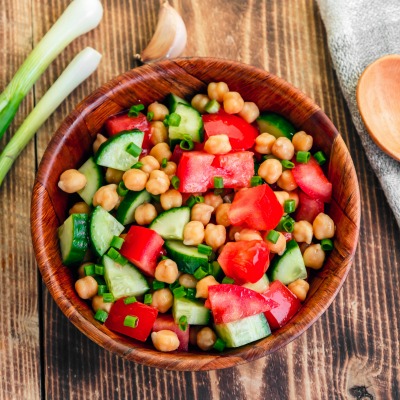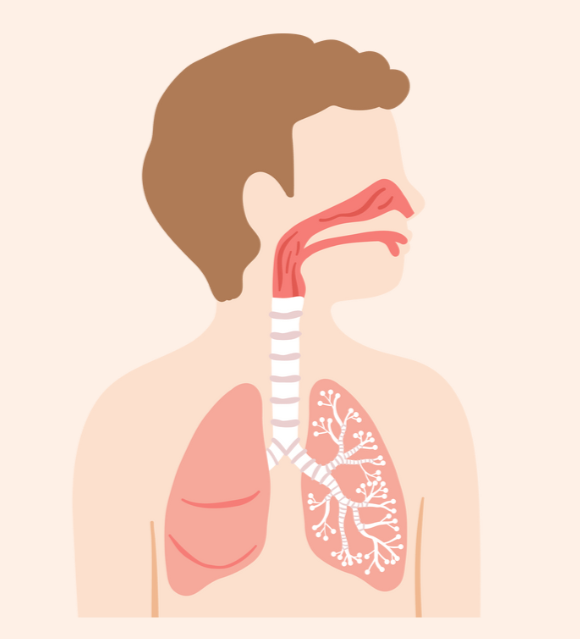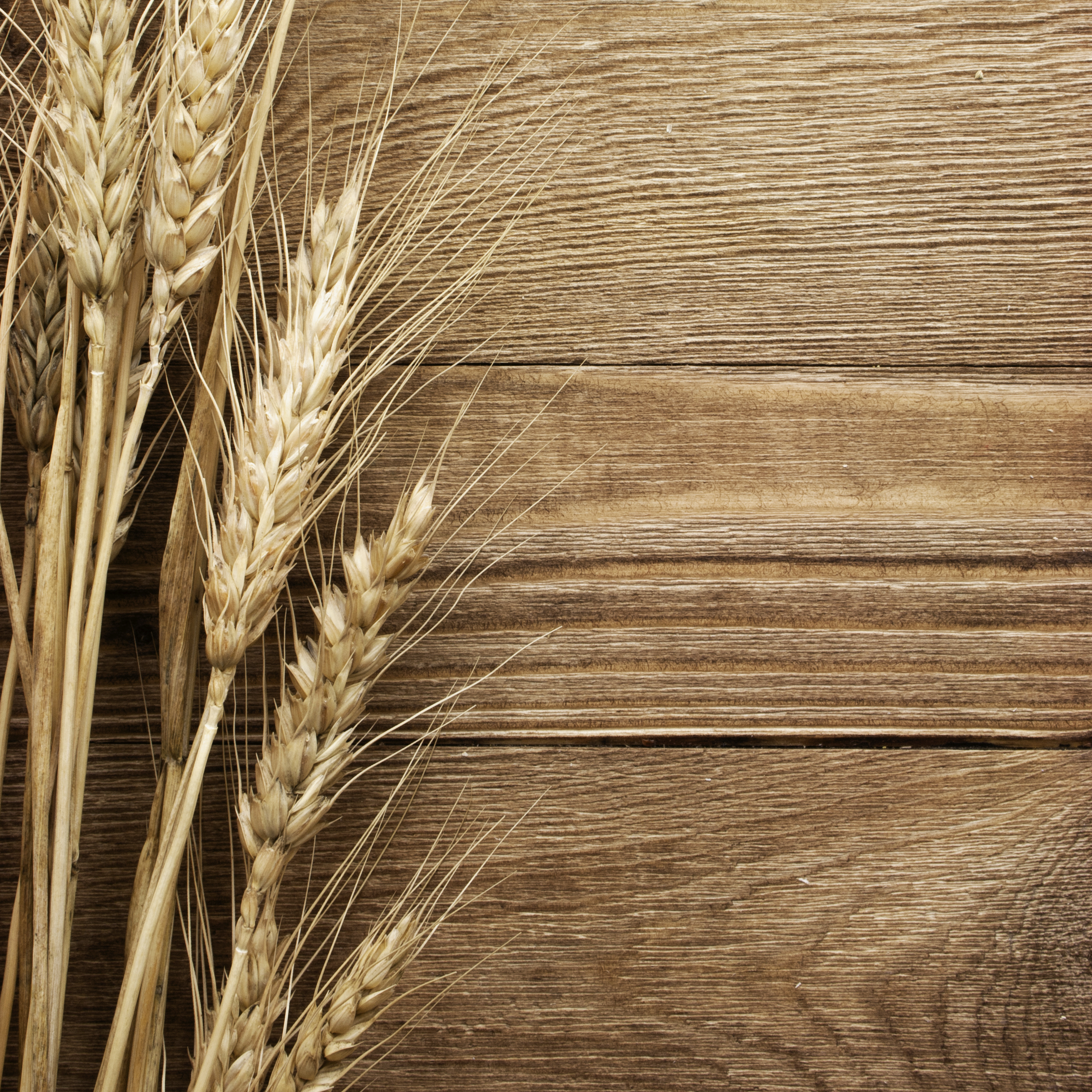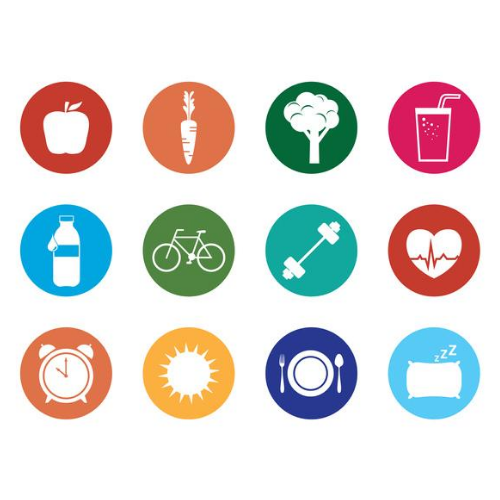
A food elimination diet is an easy and inexpensive method of determining which foods may be causing unfavourable reactions such as gas, bloating, indigestion, skin conditions, and more.

A person can be (or can become) sensitive to any food or ingredient. There are many reasons why we react negatively to foods, including a lack of good bacteria, overexposure to specific foods or ingredients, and poor digestive habits.
There are four main steps to an elimination diet:
Step 1 – Planning
Choose a convenient time to conduct this protocol, not while traveling or during significant holidays or family events. Keep a diet journal for a week, listing the foods you eat and keeping track of the symptoms you have throughout the day. (See the last page of this handout for a chart you can use). It is helpful to ask yourself a few key questions:
- What foods do I eat most often?
- What foods do I crave?
- What foods do I eat to “feel better”?
- What foods would I have trouble giving up?
Often, these seem to be the foods that are most important to try not to eat. Make a list of foods and ingredients suspected of causing your symptoms. If you are not sure, eliminate all of the following foods that are most commonly linked to food sensitivities:
- Dairy products, including milk, cream, cheese, cottage cheese, yogurt, butter, ice cream, and frozen yogurt
- Gluten, avoiding any foods that contain wheat, spelt, kamut, oats, rye, barley, or malt
- Soy
- Alcohol and caffeine and all products that may contain these ingredients (including sodas, cold preparations, herbal tinctures)
- Foods containing yeast or foods that promote yeast overgrowth, including processed foods, refined sugars, cheeses, commercially prepared condiments, peanuts, vinegar and alcoholic beverages
- Simple sugars such as candy, sweets and processed foods
Step 2 – Avoiding
For two weeks, follow the elimination diet without any exceptions. Don’t eat the foods whole or as ingredients in other foods. For example, if you are avoiding all dairy products, you need to check labels for whey, casein, and lactose so you can avoid them as well. Maintain a food diary throughout to record foods eaten, and to note symptoms or changes in symptoms. For the first 14 days, consume only the foods listed below. If there are any foods on this list you know or suspect you may be sensitive to, eliminate them as well.
| Food Group | Eat | Avoid |
|---|---|---|
| Meat, fish, poultry | chicken, turkey, lamb, cold water fish | red meat, processed meats, eggs and egg substitutes |
| Dairy | rice, soy, nut milks | milk, cheese, ice cream, yogurt |
| Legumes | all legumes (beans, lentils) | none |
| Vegetables | all | creamed or processed |
| Fruit | fresh, preferably organic | strawberries, citrus |
| Starch | potatoes, rice, buckwheat, millet, quinoa | gluten and corn containing products (pastas, breads, chips) |
| Breads/cereal | any made from rice, quinoa, amaranth, buckwheat, teff, millet, soy or potato flour, arrowroot | all made from wheat, spelt, kamut, rye, barley |
| Soups | clear, vegetable-based | canned or creamed |
| Beverages | fresh or unsweetened fruit/vegetable juices, herbal teas, filtered/spring water | dairy, coffee/tea, alcohol, citrus drinks, sodas |
| Fats and oils | cold/expeller pressed, unrefined light-shielded canola, flax, olive refined oils, salad dressings, pumpkin, sesame, and walnut oils | margarine, shortening, butter, and spreads |
| Nuts and seeds | almonds, cashews, pecans, flax, pumpkin, sesame, sunflower seeds, and butters from allowed nuts | peanuts, pistachios, peanut butter |
| Sweeteners | brown rice syrup, fruit sweeteners | brown sugar, honey, fructose, molasses, corn syrup |
Many people notice that in the first week, especially in the first few days, their symptoms will become worse before they start to improve. If your symptoms become severe or increase for more than a day or two, consult your healthcare practitioner.
Supplementations: The following supplements may be used for the duration of the elimination diet protocol:
- A good quality probiotic
- Plant-based digestive enzymes (with and between meals)
- A high-quality multivitamin
- Essential fatty acids
- L-glutamine, 5-20 g a day on an empty stomach
Step 3 – Challenging
If symptoms have improved after 7 to 10 days, this is a good indicator that the offending food was removed. This source will become more obvious as foods are re-introduced one at a time. If your symptoms have not improved in two weeks, stop the diet and talk with your healthcare practitioner about whether or not to try it again with a different combination of foods.
After two weeks, if your symptoms have improved, you can start “challenging” your body with the eliminated foods, one food group at a time. As you do this, keep a written record of your symptoms.
To “challenge” your body, add a new food group every three days. It takes three days to be sure that your symptoms have time to come back if they are going to. On the day you try an eliminated food for the first time, start with just a small amount in the morning. If you don’t notice any symptoms, eat two larger portions in the afternoon and evening. After a day of eating the new food, remove it, and wait for two days to see if you notice the symptoms.
If a food doesn’t cause symptoms during a challenge, it is unlikely to be a problem food and can be added back into your diet. However, don’t add the food back until you have tested all the other foods on your list. Below is an example of a recommended order for re-introducing foods.
- Dairy (in the form of whole milk or plain yogurt)
- Eggs
- Wheat
- Citrus
- Yeast
- Corn
- Gluten
Example of an Elimination Diet Calendar
| Day Number | Step |
|---|---|
| 1 | Begin Elimination Diet |
| 2-7 | You may notice symptoms worsen for a day or two |
| 8-14 | Symptoms should go away if the right foods have been removed |
| 15 | Re-introduce food #1 (for example: dairy) |
| 16-17 | Stop food #1 and watch for symptoms * |
| 18 | Re-introduce food #2 (for example: wheat) |
| 19-20 | Stop food #2 and watch for symptoms * |
| 21 | Re-introduce food #3 |
| ... | And so on |
* You only eat a new food for one day. Do not add it back into your meal plan again until the elimination diet is over.
Step 4 – Creating a New, Long-Term Diet
Based on your results, you and your health care practitioner can help you plan a diet to prevent your symptoms. Some things to keep in mind:
- A lot of other factors (such as a stressful day at work) could interfere with the results. Try to keep things as constant as possible while you are on the diet
- Some people have problems with more than one food
- Be sure that you are getting adequate nutrition during the elimination diet and as you change your diet for the long-term. For example, if you give up dairy, you must supplement your calcium from other sources like green leafy vegetables.



